Beaucarnea: [Cultivation, Irrigation, Care, Pests and Diseases]
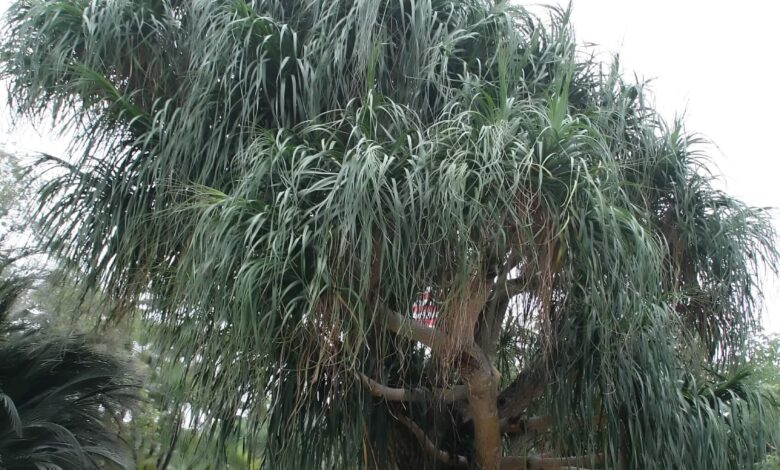
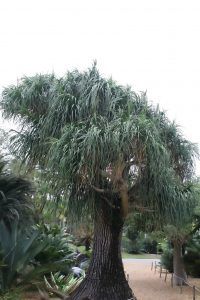 Beaucarnea is a genus of the Nolinaceae family that groups 11 species, 10 of which are native to Mexico. All of these are known by the name of elephant foot and are known for their great ornamental value.
Beaucarnea is a genus of the Nolinaceae family that groups 11 species, 10 of which are native to Mexico. All of these are known by the name of elephant foot and are known for their great ornamental value.
Within this group, there are 5 species that are most popular and in demand, these are: Beaucarnea goldmanii, B. gracilis, B. inermis, B. pliabilis and B. recurvata. In this guide we will share information on cultivation of B. recurvata.
The beaucarnea is a plant that is characterized by the thickening of the stem in the part of its base, which resembles, almost identically, an elephant’s leg.
As with other plants of the genus, the Beaucarnea recurvata is classified as a species in danger of extinction due to the rapid loss of its ecosystem, in addition to being subjected to overexploitation and illegal trade.
Important points when sowing beaucarnea:
- Scientific name: Beaucarnea recurvata, Nolina recurvata, Dasylirion inerme.
- Common name: Nolina, elephant’s foot, nun palm, apachite, petacona palm, potbellied palm.
- Height: 4 to 15 meters.
- Light requirement: Direct light and partial shade.
- Temperature: Warm and temperate climates (15ºC to 28ºC).
- Irrigation: Scarce.
- Fertilizer: Organic fertilizer.
What characteristics does beaucarnea have?
The beaucarnea is a tree -like plant and has male and female specimens. It reaches a height of 4 to 15 m in open spaces, but rarely exceeds 1.5 m in pots.
The stem of this plant is gray or dark brown in color and has a rough texture, with shallow fissures. Its base is conical and globose, which extends up to 3 m at the bottom. Its branches are elongated and brittle. Leaves grouped in rosettes sprout from the ends.
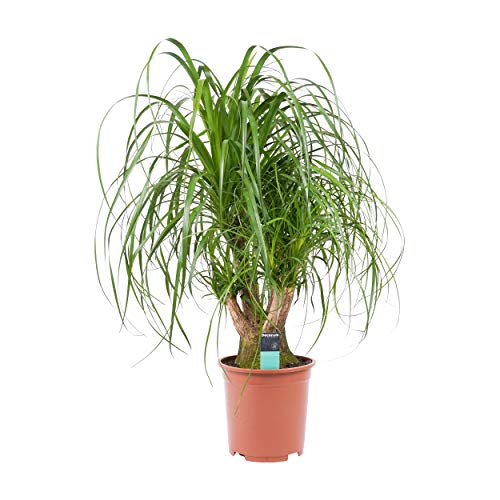
The leaves are narrow, recurved, green to light green, and can be 1 to 1.5 m long. On the other hand, being a dioecious species, the beaucarnea produces male or female flowers in each specimen. These are small, numerous, yellow to reddish in color and are grouped in large inflorescences.
They generally bloom from March to June. Regarding the fruit, this is a small ovoid-shaped capsule, pale yellow in color, which sprout from June to February. Inside it contains multiple small, round, shiny brown seeds.
When to sow the beaucarnea?
It is recommended to cultivate the beaucarnea by seed during the spring, in the months of February to March. In the case of cuttings, it can be done during spring and summer.
Where to plant the beaucarnea?
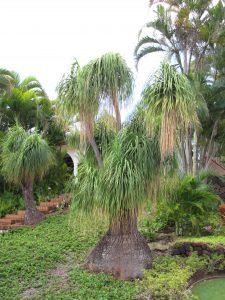 The beaucarnea is typical of dry and hot climates, with average temperatures of 20ºC, although they can range between 15ºC and 28ºC; so it is not resistant to intense cold or frost.
The beaucarnea is typical of dry and hot climates, with average temperatures of 20ºC, although they can range between 15ºC and 28ºC; so it is not resistant to intense cold or frost.
Well-lit spaces favor it, where it can be exposed to direct sunlight.
It can be planted in open spaces such as public and domestic gardens, squares or raised beds. It can also be grown in pots and kept indoors.
How to prepare the land?
The beaucarnea develops fully in soils rich in organic matter, but light and with good drainage. It is recommended to grow it in a substrate composed of black soil, compost and fine tepezil or perlite, at a 1:1:1 ratio.
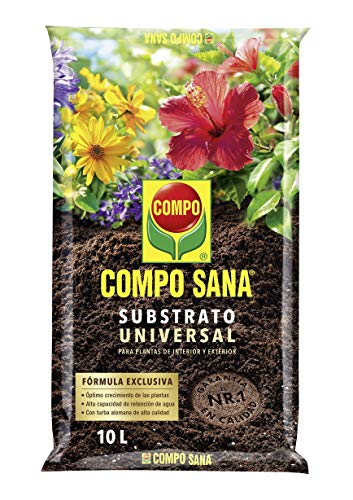
To improve the soil, you can also apply organic fertilizer, either peat, manure mixed with black soil or earthworm humus, to accelerate growth. In a pot it should be applied every 6 months and in gardens, once a year.

How do we water the beaucarnea?
Irrigation is vital for the development of the elephant foot. Excessive irrigation damages the plant and opens the way for the appearance of pathogens in the stems and roots.
It is advisable to water generously during spring and summer, and to do so every time the substrate dries out. On the other hand, during the fall and winter, watering should be gradually decreased and stopped.
How often do we water the beaucarnea?
Irrigation during early stages should be applied daily and lightly. As soon as they reach a height of between 10 and 20 centimeters, it should be done every 2 days.
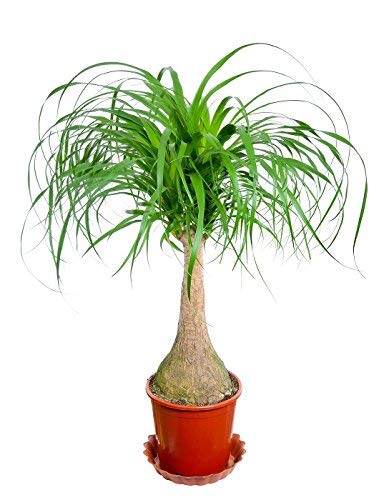
If the beaucarnea reaches a height of between 20 and 50 centimeters, it should be applied once a week; if it exceeds 50 centimeters in height, it should be watered twice a month.
How to sow a beaucarnea step by step?
As it is a tree in a critical state, its propagation has been promoted through various routes: seed, cuttings, shoot induction, rooting, in vitro and tissue culture. The steps to grow beaucarnea from seeds are shared below.
by seed
- Place the seeds in a container with water for 1 day so that the cover softens.
- Sow the seeds in trays, less than 1 centimeter deep, every 1 or 2 centimeters apart. Cover the seeds with a thin layer of substrate made up of black soil, compost and perlite or vermiculite.
- Water daily, lightly, to keep the substrate with adequate moisture.
- Locate in areas protected from direct sunlight. It can be kept outdoors using a mesh with 80% shade.
- Wait 2 to 3 weeks for germination to take place.
- Transplant the seedlings to pots 6 centimeters high by 7 wide, when they have reached 5 or 7 centimeters.
- Transplant again when the seedling has grown 15 centimeters in height or more. In this state of development they can be sown in their final place.
What care does the beaucarnea need?
The beaucarnea requires little care and maintenance. Only the state of humidity in the substrate should be supervised so that it does not suffer from hydric stress or saturation.
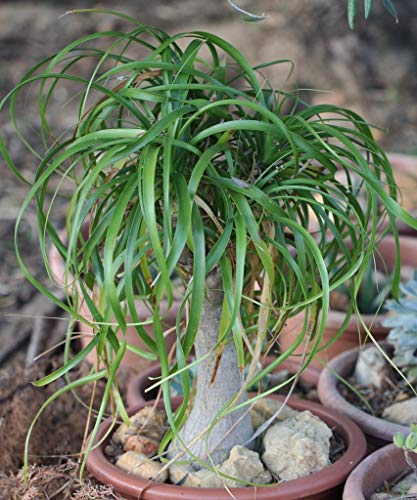
Likewise, if it is indoors, it will be important to maintain good ventilation and rotate the plant 90º after each watering so that it grows evenly.
What pests and diseases affect the beaucarnea?
Beaucarnea is very resistant and is not usually affected by pests or diseases.
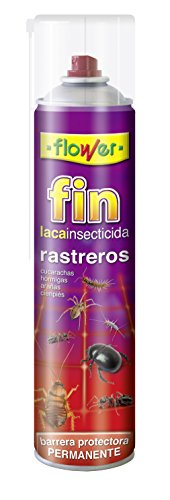
However, the presence of snails, mites, mealybugs, spider mites, scales (Diaspididae), nematodes (Meloidogynidae, Hoplolaimidae), fungi (Ascomycota, Hyphomycete), among others, has been recorded.
References
- http://www.conafor.gob.mx/biblioteca/documentos/MANUALCONSERVACION_Y_APROVECHAMIENTO_PALMA_MONJA.PDF
- https://www.gob.mx/cms/uploads/attachment/file/225104/MANEJO_Y_CONSERVACION_DE_LAS_ESPECIES_CON_VALOR_COMERCIAL_DE_PATA_DE_ELEFANTE.pdf
- https://jardineriakuka.com/arbustos/4662-beaucarnea-recurvata.html
- http://www.jardinbotanico.uma.es/bbdd/index.php/jb-74-06/
- https://en.wikipedia.org/wiki/Beaucarnea_recurvata
- https://enciclovida.mx/especies/6020188

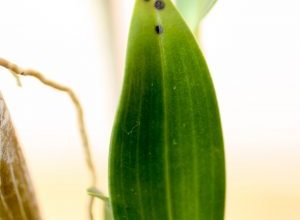
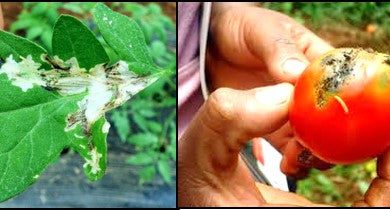
![Photo of List of [16] Indoor Plants that Bloom All Year](https://www.complete-gardening.com/wp-content/uploads/2022/08/list-of-16-indoor-plants-that-bloom-all-year-390x220.jpg)
![Photo of Carex: [Cultivation, Associations, Pests and Diseases]](https://www.complete-gardening.com/wp-content/uploads/2022/08/carex-cultivation-associations-pests-and-diseases-390x220.jpg)